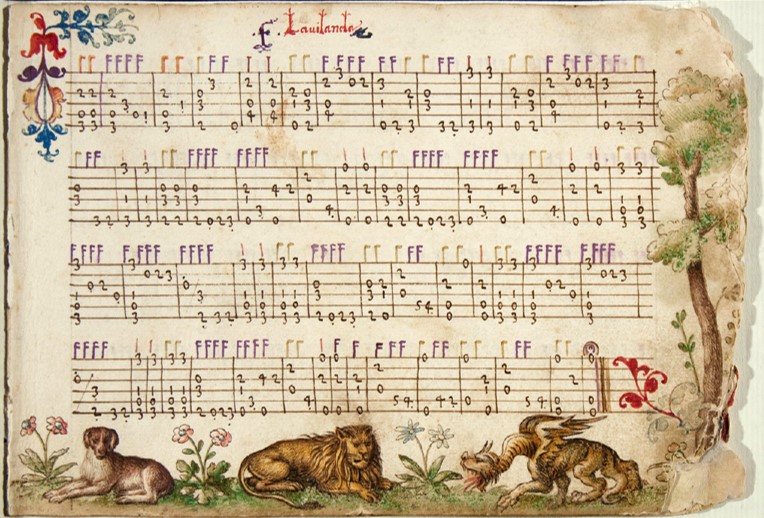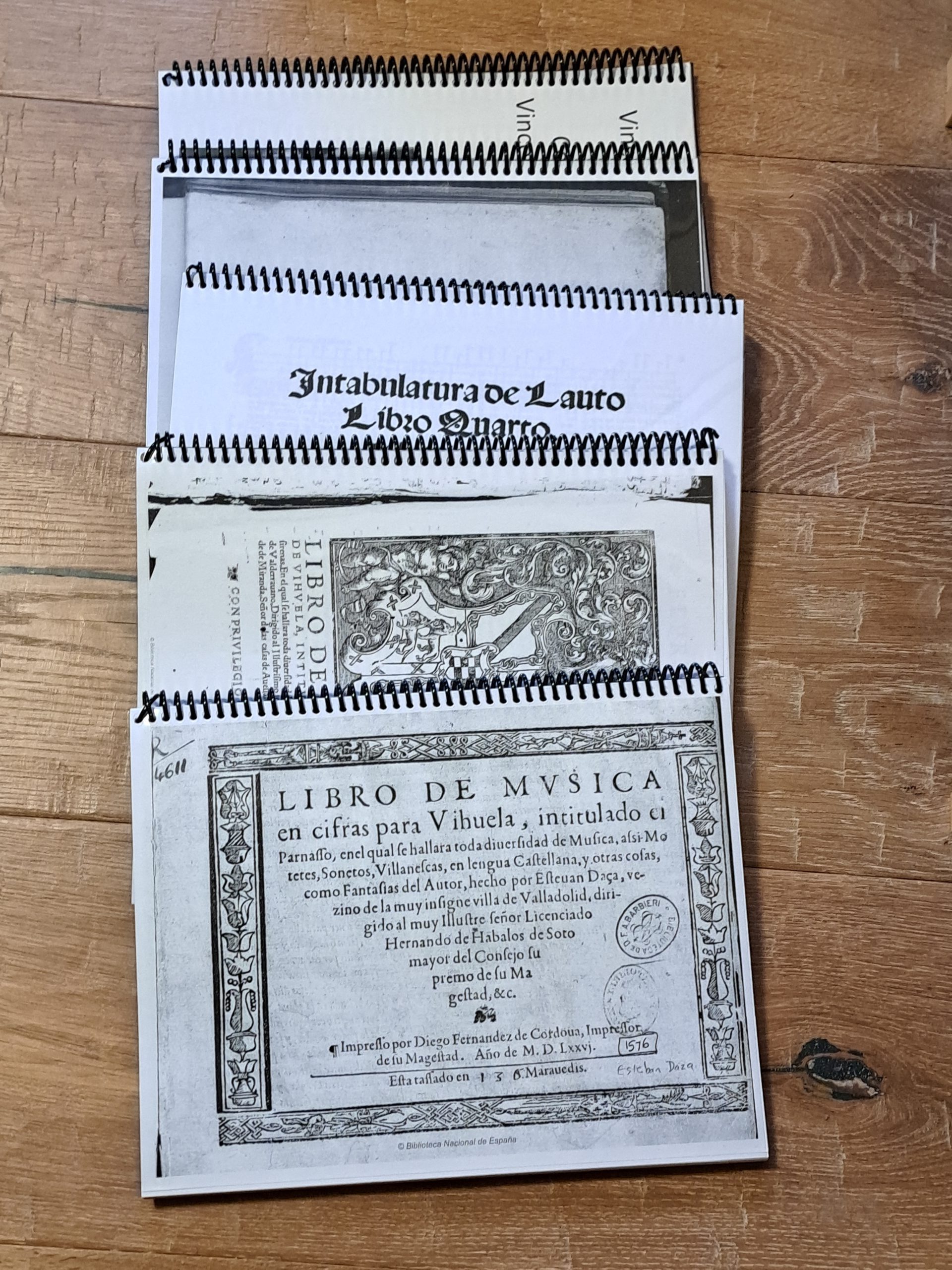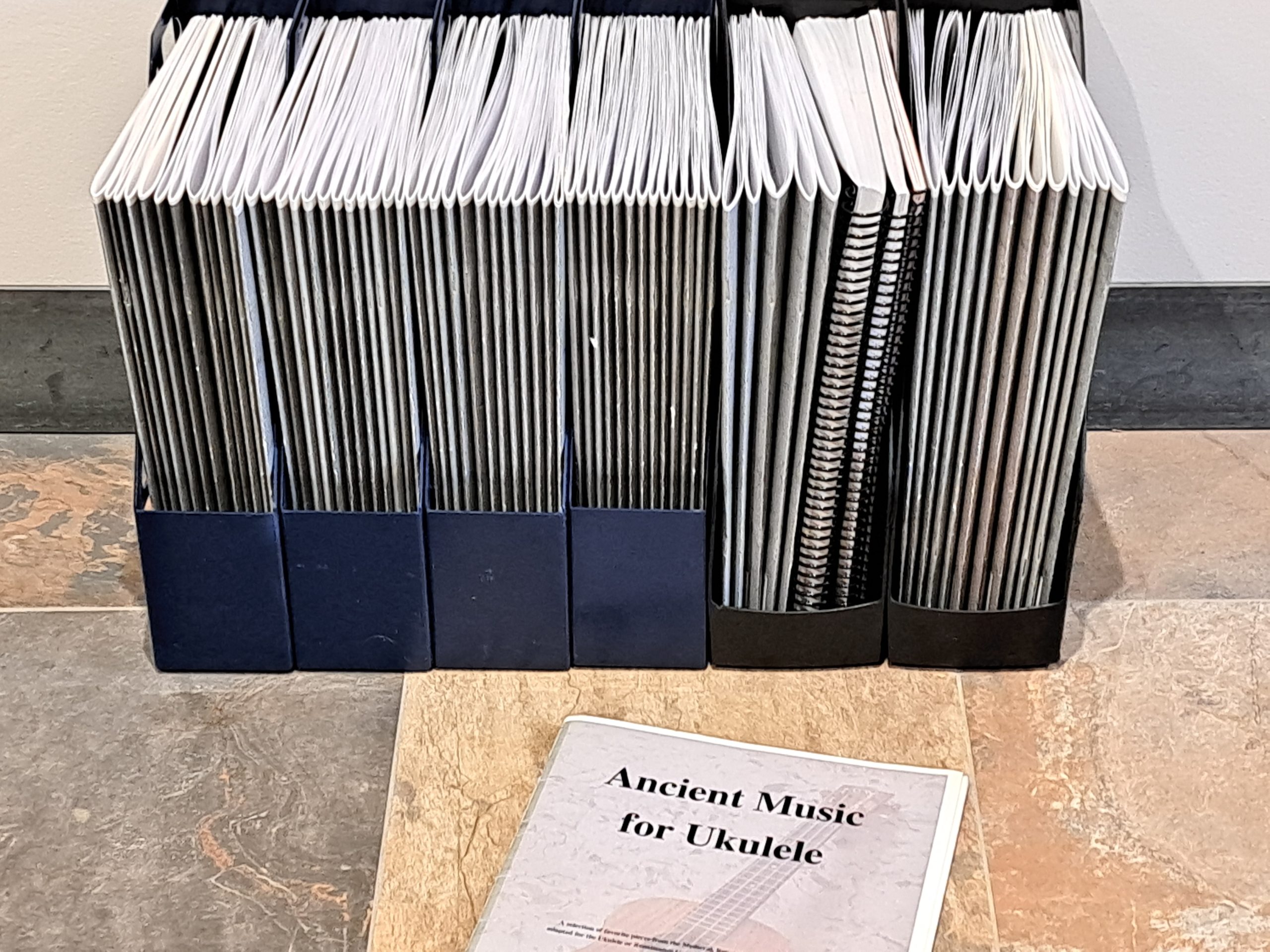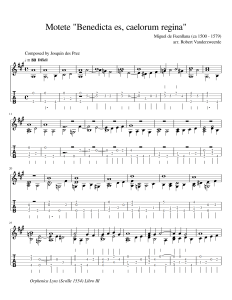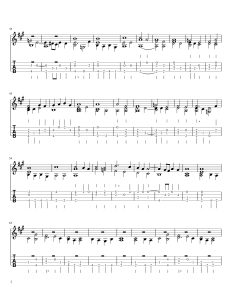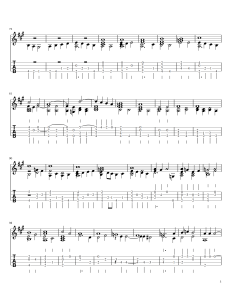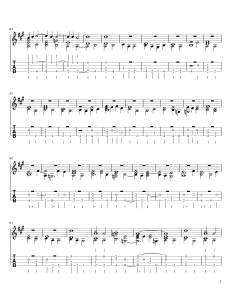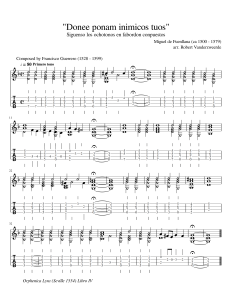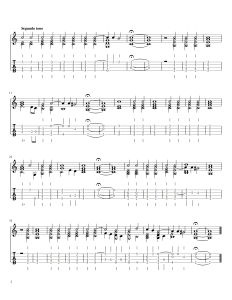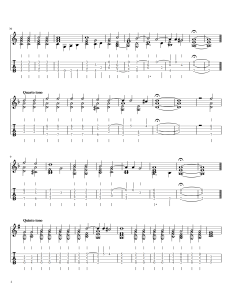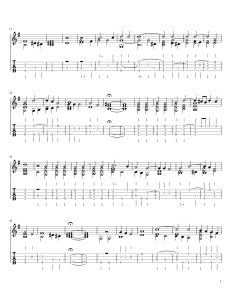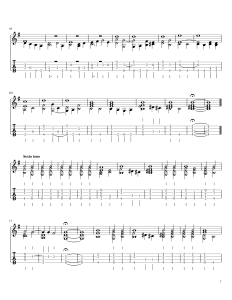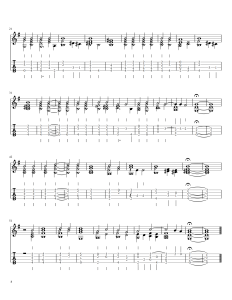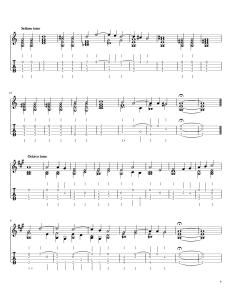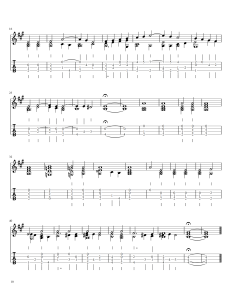I am currently working on two projects. This one I call the “Theatrum Musicum” project.
Peeter van der Phaliesen, Latinised as Petrus Phalesius, French versions of name Pierre Phalèse and Pierre de Phaleys (ca 1510 – 1575) was a Flemish bookseller, printer and publisher. Aside from a number of literary and scientific works, his printing press is mainly known for its publications of music.
My project is to arrange pieces from two publications by Petrus Phalesius, namely Theatrum Musicum in 1563 and Luculentum Theatrum Musicum in 1568 (both referred to as Theatrum Musicum in the arrangements). They are intabulations of the guitar, lute and vihuela music of Renaissance composers, however, Petrus Phalesius only identified some composers when naming the pieces. Fortunately, many have been identified or attributed subsequently.
Most of the pieces are for the advanced performer, with some intermediate level music. They include fantasias, danses, chansons, moteta and duets.
I posted a sample on Facebook and YouTube. It’s a Fantasia by Guillaume Morlaye (ca 1510 – 1558). Enjoy!



